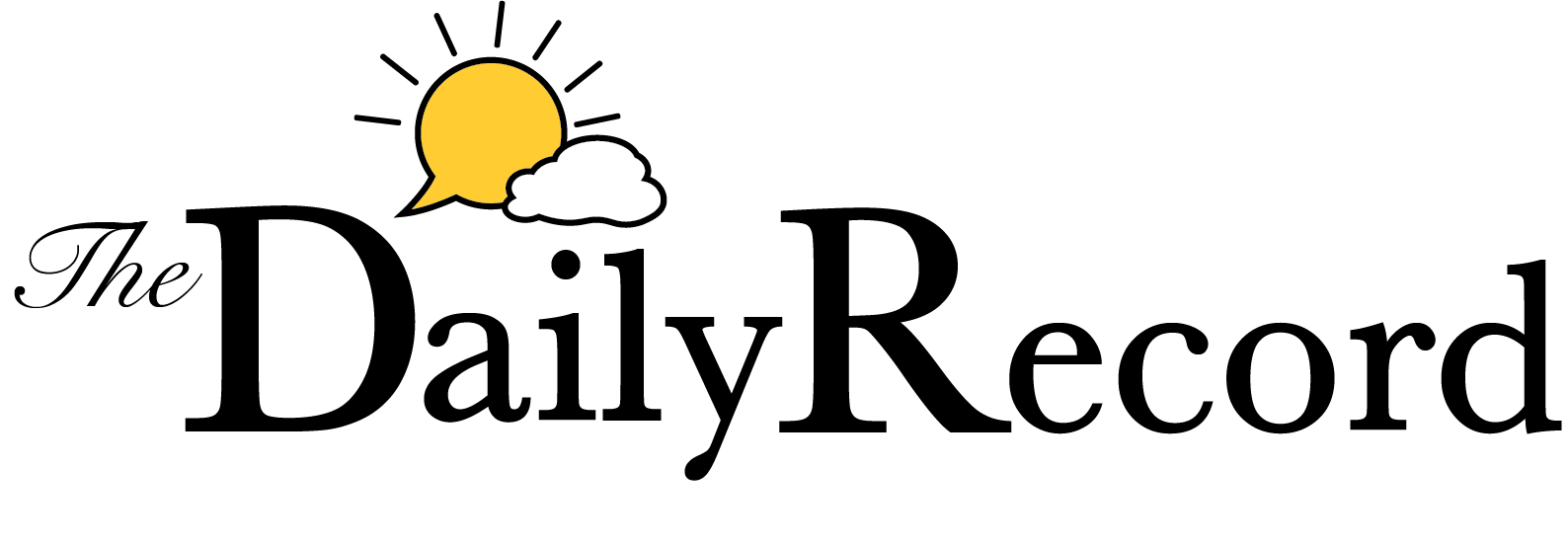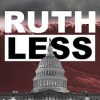Iowa Governor Defends Outbreak Tool Critics Describe as Arbitrary

Iowa Gov. Kim Reynolds holds a news conference regarding COVID-19 at the State Emergency Operations Center in Johnston, Iowa, Monday, April 6, 2020. (Oliva Sun/ Des Moines Register/Pool via AP)
Des Moines, Iowa – As the number of new coronavirus cases surged in Iowa last Tuesday, Gov. Kim Reynolds defended her use of a tool to guide her response to the outbreak that critics have called arbitrary and unscientific.
The matrix from the Iowa Department of Public Health looks at four data points in six regions of the state. If any single region hits 10 on a 12-point scale, the matrix calls for the potential implementation of a shelter-in-place order, a step Reynolds has so far resisted.
Critics, including a top infectious disease researcher and other medical experts, argue that the data points are backward-looking rather than preventive because they trigger stricter interventions only after more people are infected and hospitalized. The data points include the number of nursing homes with at least three residents who have tested positive, the percentage of cases requiring hospitalization, and the rate of cases per 100,000 people over the last two weeks.
Critics say that the point system seems arbitrarily devised and that it makes little sense to divide the state into six regions when the virus spreads easily and many people live and work in different zones. Confusing matters, Iowa has not released all of the underlying statistics that go into the points, calling them confidential.
Reynolds released some data last Tuesday about the state’s two hot zones for the virus: the northeast Iowa region that includes Cedar Rapids and the southeast region that includes Iowa City.
The two cities are 25 miles apart but are in different regions under the state’s tool, which is based on patterns of hospital use. Mayors and supervisors in both regions want a shelter-in-place order.
Reynolds, a Republican, has argued the school and business closures she has ordered are the equivalent of a shelter-in-place order. She did not say what she would order when a region hits 10 points.
Reynolds said the tool was based on guidance from the Centers for Disease Control and developed by the state epidemiologist with input from other experts. She said the tool showed that both regions have adequate numbers of hospital beds and ventilators available.
State Auditor Rob Sand, a Democrat, said in a video that the governor hasn’t responded to his request for information about data underlying the tool’s use.
“Relying on bad data or wrong data can be dangerous,” Sand said. “This tool is being used to guide life and death decisions. Life and death decisions deserve answers, good ones. Instead, you the public have no answers to these questions.”
User login
Omaha Daily Record
The Daily Record
222 South 72nd Street, Suite 302
Omaha, Nebraska
68114
United States
Tele (402) 345-1303
Fax (402) 345-2351




